Last week, we talked about Xavier needing support during clean up time.
We explored giving the whole class a five-minute warning, giving Xavier a 1:1 reminder of the five-minute warning, and then announcing (or singing) that it’s time to clean up when those five minutes are up.
But what if that wasn’t enough? What if Xavier still struggles to clean up?
How can you use what you know about Xavier to motivate him to transition and prevent behavior problems?
So Xavier refuses to clean up. He takes a passive approach, seemingly tuning out the directions that you and the other teachers give. During a typical clean up time he continues to build his elaborate Lego tower, ignoring both the words and the actions of clean up. Eventually he explodes in anger when one of the other children clean up any Legos within a 12-inch radius of him. Yet, once he is out on the playground 15 minutes later he is happily playing Ninja Turtles with David and Dante and Liliana.
Boom! Ninjas. Play. David and Dante and Liliana. These are your motivators.
I know some of you don’t like Ninja games (not my favorite) and if you don’t let them play those games at school (a topic for another piece) then you will have to revise this strategy slightly but otherwise why not use Jacob’s love of Ninja’s to your advantage? Use the Ninja love to get those Lego’s cleaned up and get him out the door!
Your individual reminder to Xavier five minutes before clean up might sound like this:
“Xavier, five more minutes till you clean up! In five minutes we’ll put the Lego’s away so we can go outside to play Ninjas with David, Dante and Liliana. How many minutes? …five!”
Now if he doesn’t answer you and excitedly shouts, “five!” It’s ok. You can just say it for him. Don’t get hung up on that part.
Over time it would be great if he would answer or repeat “five!” so you know that he’s heard you, but don’t create unnecessary power struggles here since the whole idea is we’re trying to avoid power struggles!
My recommendation is that you say all this in a way that feels genuine for you but is as upbeat and enthusiastic as you can muster.
Could you hear my upbeat happiness coming through when you read my sentence above with the exclamation points? Today is a new day. Don’t bring the baggage from the last 9 months with you. This is very important – you need to give the reminder in a way that conveys total belief that today he will indeed clean-up. Fake it till you make it.
Now after you let Xavier know that in five minutes we’re going to clean up so that we can go outside and play you might want to linger and see if you can get him really interested in and focused on the fact that there is a highly motivating activity on the horizon. “Hmm…I wonder which Ninja Liliana is going to be today….”
Then, in 5 minutes when it’s clean up time, if you didn’t stay with him at the Lego table then you need to circle back so you can give some individualized attention for the actual clean up time once it's announced.
Here’s where you really have to know your customers. If Xavier is a kid who likes to be adversarial then telling him “Xavier, it's time to clean up,” directly may not be the type of individualized attention that’s going to work the magic here. However, if he got excited earlier when you mentioned playing Ninjas with his friends then maybe you can simply say, “let’s hurry up and put the Legos in the bucket so we can go outside and play!”
For other children it might work better to say, “its time to go outside to play, Xavier!” and then add in, “don’t forget to clean up!” That way you focus on the motivating activity first and then prompting clean up is more incidental.
For other children I would say do not use a verbal prompt at all. If Xavier is a child who always reacts defiantly when given directions then I might go to the area he is in and try one of the following:
Talk to other children to promote interest in the next activity, for example, “Liliana, what are you going to play outside today?”
Comment on the children who are following directions, for example, “I see David is putting away all his Legos and is almost ready to go outside to play.”
Acknowledge Xavier’s play or accomplishments, for example, “Oooh, Xavier, look at that! Tell me what you made.”
Whisper in Xavier’s ear, “don’t forget it’s time to go outside and play!”
You want to convey that you are on Xavier’s side. Yes, you expect everyone to clean up and transition to the next activity but also you are all in this together and there are good and exciting things that you are moving on to.
You are trying to be proactive and completely circumvent negativity or a power struggle.
Then once Xavier starts talking about his Lego structure or outdoor play take a minute to engage with him. Help him have closure with the Legos. Get down on his level. Give him your full attention. Offer to take a picture of his Lego structure, let him tell you about it, or maybe save it for later. Or, maybe listen to what he has to say about the Ninjas and what he is going to play outside. Engage in some positive way. Build rapport and trust. Make a connection. Then, say something like, “Xavier, let’s hurry up and put these Legos away so we can go outside to play.”
Taking a minute to connect with the child and using what you know about their interests really can make a difference in setting them up for success during transitions.
Need more inspiration?
Here are some ways that the teachers I’m working with have used this strategy successfully:
“Jacob, in 5 more minutes you can clean up and help me carry the bubbles” because they know he loves bubbles.
To Liliana, who is never motivated by the same thing twice, but loves to be a helper, “5 more minutes till clean up…after you clean up you can choose bubbles or chalk to carry to the playground.”
“Annalisa, hurry up and put your toothbrush away so you can pick your favorite book for Ms. Irena to read to you on your cot.”
“I wonder what’s for lunch today…” Said on the playground when it’s time to come in to the boy who previously resisted transitioning back inside. The first time his teacher used this, he went immediately to line up and then went out of his way to go check the lunch cart when they got inside and then told the teacher what was for lunch.
“Thundercat, it’s time to line up to go outside.” The teacher simply used the child’s favorite character as a new nickname and motivator.
“Okay Green Room, it’s time to go inside to do the Dragon Hunt!” They change the routine to include a favorite movement and music activity that they knew would be motivating to those reluctant to transition inside.
How could you create a motivational individualized reminder for a child in your class?
Be open-minded.
You might be surprised about how well this can work. Especially if you use it with confidence and in a way that builds on the interests of the child who typically exhibits challenging behavior.
You’ve got this! Give it a try!
Need More Strategies for your Classroom Transitions?
Learn how to prepare the children in your class to transition smoothly from one activity to the next, end your frustration with transitions, and get tools to avoid power struggles with our Transform Transitions Online Course.


